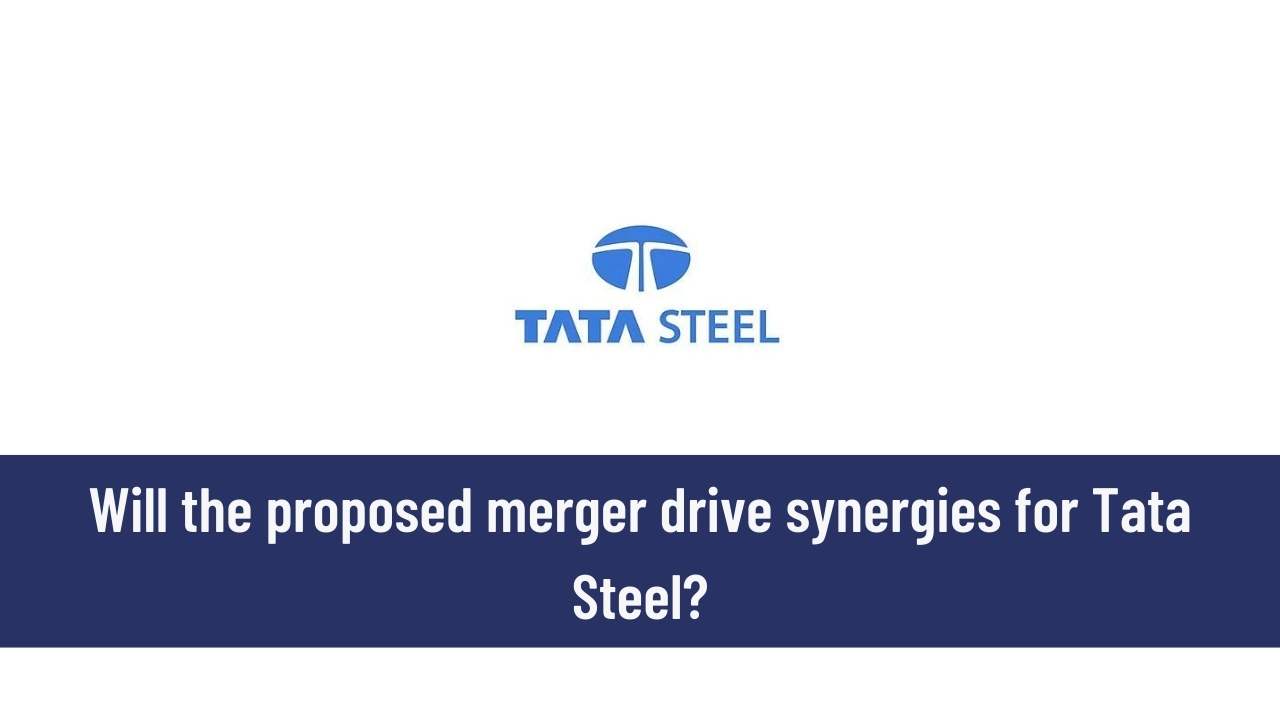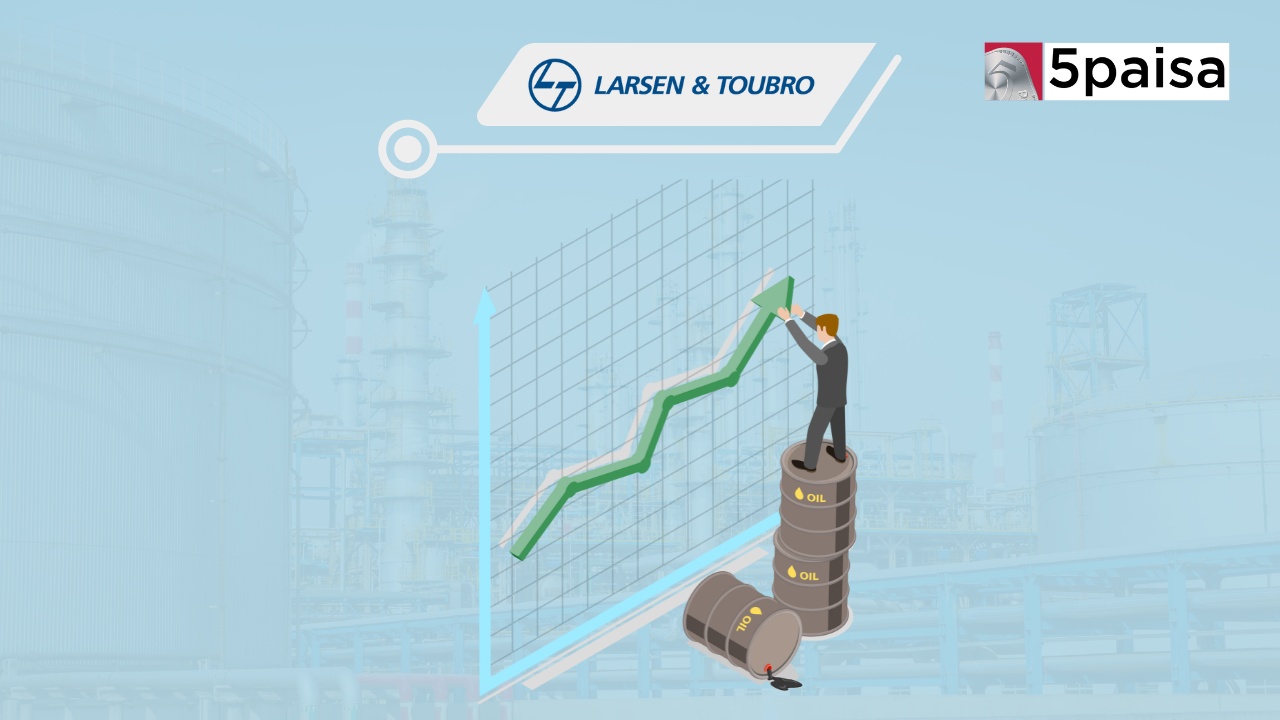Will the proposed merger drive synergies for Tata Steel?

On Friday 23rd September, the board of Tata Steel approved the amalgamation of its seven subsidiaries - Tata Steel Long Products, Tata Metaliks, The Tinplate Company of India, TRF Limited, Indian Steel & Wire Products, Tata Steel Mining and S&T Mining -- into itself.
According to the group's 5S strategy—simplification, synergy, scale, sustainability, and speed—Tata Steel has suggested merging seven subsidiaries with the parent company to streamline the holding structure of the group, increase agility for quicker decision-making, get rid of administrative redundancies, and consequently lower the administrative costs of maintaining separate entities.
Combining long-term products under one roof, securitizing raw materials, centralizing inventory management and procurement, and utilizing the parent company's robust sales and distribution network are anticipated to lower costs and increase margins, potentially making the combination EPS accretive in the medium to long term.
A merger would result in savings of Rs. 5 billion which is currently spent as an additional royalty premium (22.5–30%) on the transfer of iron ore to subsidiaries in accordance with the MMDR Act's provisions. Strong financial resources of the parent company are anticipated to speed capacity expansion projects and reduce the cost of financing for smaller businesses. The potential dilution of approximately 274 million shares (2.2%), could offset some of the short-term benefits of cost and operational synergies.
Producing and selling sponge iron and steel is what Tata Steel Long Products (TSLP) does. Additionally, it has a 1 MTPA special bar quality plant and a significant market share in wire rods. The TSLP had been used for the NINL acquisition, and the merger would result in lower financing costs for NINL growth. A merger would result in savings of Rs. 5 billion in current royalty premium (22.5–30%) on iron ore transfer.
With a 0.38 MTPA plant in Jamshedpur, Jharkhand, Tinplate Company of India (TCIL) manufactures tinplate, tin-free steel, and other related products.
With its manufacturing facility in Kharagpur, West Bengal, Tata Metaliks (TML) produces and sells ductile iron pipes (0.33 MTPA), pig iron (hot metal: 0.6 MTPA, DRI: 0.34 MTPA), and related accessories.
The primary facility for Tata Steel Mining (TSML), which produces ferrochrome, is located in Anantapur, Odisha. Additionally, it has added manufacturing facilities in Jajpur, Odisha, and Bishnupur, West Bengal through the successful acquisition of Rohit Ferro Tech. In addition, TSML has pursued commercial mining of iron ore and chrome ore. It has already completed mining leases for three chromite blocks in Odisha, including Sukinda, Saruabil, and Kamarda, and is still working on one for an iron ore block in Gandhalpada.
Due to the fact that the majority of the merging subsidiaries were already being consolidated, net debt levels would not be significantly affected. The dilution in equity shares would partially offset the decline in minority interest. Given the synergies and INR5 billion in savings on the royalty premium on the transfer of iron ore to subsidiaries, it is anticipated that the proposed merger will only slightly increase EPS.
Iron ore and 20% to 25% of coking coal are 100% integrated for the company. It is anticipated that European operations will continue to be profitable, and a $1 billion annual deleveraging would strengthen the balance sheet even more. If these seven businesses merged with the parent, there would be no change in net debt levels. The merger is anticipated to have a small positive impact on EPS.
- Flat ₹20 Brokerage
- Next-gen Trading
- Advance Charting
- Actionable Ideas
Trending on 5paisa
06
 Tanushree Jaiswal
Tanushree Jaiswal
Indian Market Related Articles
Disclaimer: Investment in securities market are subject to market risks, read all the related documents carefully before investing. For detailed disclaimer please Click here.
 5paisa Research Team
5paisa Research Team




